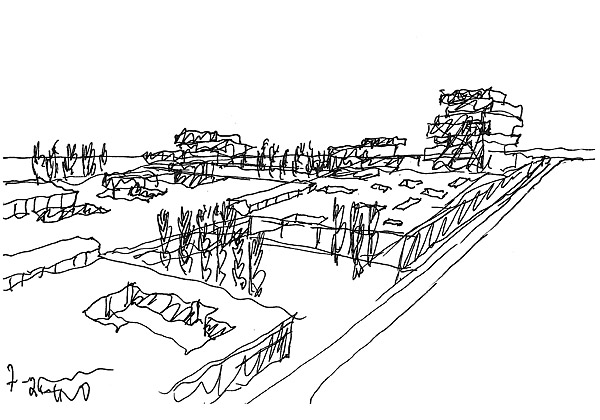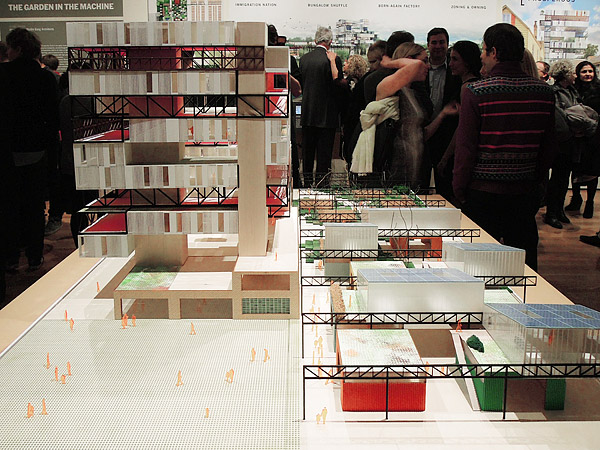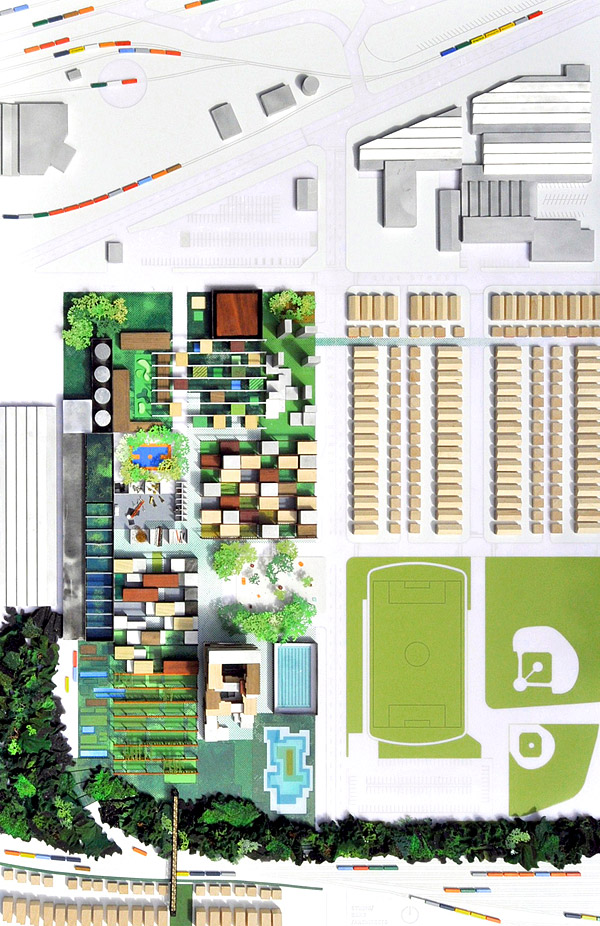
The Garden in the Machine
NEW YORK, NY (January 12, 2012) — Studio Gang’s Interdisciplinary Team to Exhibit New Vision for the Future of American Housing at the Museum of Modern Art (MoMA). A team of experts led by Jeanne Gang, FAIA, will share “The Garden in the Machine,” their proposed plan for transforming the inner-ring suburb of Cicero, IL, as part of MoMA’s Foreclosed: Rehousing the American Dream exhibition, on display at the Museum’s Robert Menschel Architecture and Design Gallery from February 15, 2012 through July 30, 2012.
The exhibition is the culmination of research and design work that began in May 2011, when five architect-led teams were chosen by MoMA to examine new architectural possibilities for five separate U.S. suburbs in the context of the recent foreclosure crisis. To take on Cicero’s specific challenges, Jeanne Gang assembled a diverse, interdisciplinary team, including Roberta M. Feldman, affordable housing advocate and architect; Theaster Gates, artist and cultural planner; Greg Lindsay, urban observer and journalist; Kate Orff, landscape architect; Rafi Segal, urban designer; and a number of other experts on varied subjects from finance to environmental remediation.
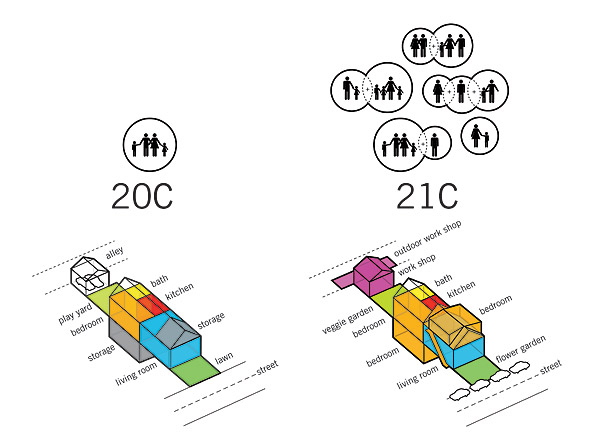
The result of their collaboration reveals unexpected insights about this Chicago suburb and other inner-ring suburbs like it, and points to new ways to imagine housing and urbanity in the United States. Cicero, a former factory town, struggles with the foreclosure of its industrial properties as well as its homes. Many of its current residents are immigrants, with 50% of its largely Hispanic population being foreign born. With Cicero’s abandoned factories and subsequently vanished jobs, its residents are simultaneously faced with unemployment, poverty, and environmental degradation.
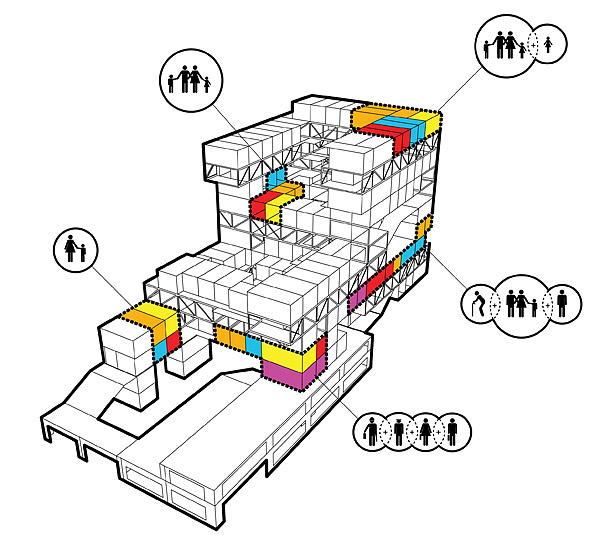
“The Garden in the Machine” project exhibited in Foreclosed demonstrates how the remains of Cicero’s industry—its lands, building materials, and existing rail infrastructure—could be potentially transformed into healthy and thriving neighborhoods. It proposes using nature and technology to improve the land, while combining housing and jobs into new, flexible live/work structures interwoven with various scales of public green space. Along with the architecture, the project proposes revised zoning and a different form of ownership, one that allows citizens to purchase and sell shares corresponding to the live/work units they occupy. With the increased economic opportunities created by these proposed conditions, Cicero could be set to become a successful “arrival city” where America’s newest residents can achieve their own, uniquely 21st-century American Dreams.
